When the streaming era of television began, critics heaped praise on Netflix for making classic films and shows accessible to more eager young viewers than ever before. Cult classics, B-movies, and “so-bad-it’s-good” films thrived during this nascent period, with irony-poisoned audiences craving novel objects of scornful amusement. We ventured through the newly unlocked cinema catacombs in search of schadenfreude and listicle fodder. It was the greatest time in human history to be a smarmy little asshole with nothing better to do.
At that time, my high school friends and I were engaged in an arms race to find the cheesiest one-liner, the dumbest plot, the grossest practical effects with which to assault each other’s eyes and ears. As boys who grew up during the unsanitized era of the internet, splatter films quickly became our most potent weapons of sensory destruction. One such weapon was Troma Entertainment’s THE TOXIC AVENGER, a viscera-drenched revenge fantasy starring a scrawny janitor who wields his newfound superstrength to eviscerate heinous criminals like drug dealers, jocks, and the mayor. The film delighted me with its whimsical portrayals of bodily carnage. Until then, my primary experiences with on-screen gore had been in torture films like SAW and HOSTEL; presenting disembowelment as a source of comedy showed me how filmmakers elicit contradictory emotions from the same types of images. This lesson in filmmaking fundamentals, among countless others, was made possible by Netflix. Making the collective works of history’s greatest filmmakers instantly accessible from my bedroom gave me a broader and deeper understanding of not just movies and television, but all forms of art—for a brief moment, this technology actually was what its owners were claiming it to be: a library of entertainment.
Netflix is currently still a library, albeit one with fewer classics and more magazines. But in the last 15 years, they’ve also become a studio and a network. Bound by the capitalist blood oath to endlessly seek expansion, Netflix now competes not for the right to house the most valuable shows and movies, but for ownership of the means of artistic production. Their first foray into original content, HOUSE OF CARDS, was the most expensive show made in 2013. The second and third most expensive shows of that year were also Netflix Originals, ORANGE IS THE NEW BLACK and HEMLOCK GROVE. Movies and television have always been high-capital mediums dominated by bloated titans, and Netflix sought to disrupt that ecosystem. In a better timeline, Netflix breaks the wheel by hoarding streaming rights like a dragon and uses the subscription model to expand and maintain said hoard. But that makes money slow. What makes money fast is combining the corporate cash firehose with a distribution model that replaces our shared collection of sacred stories with ephemeral Content designed to be consumed in a gluttonous ritual that they called “binge-watching”.
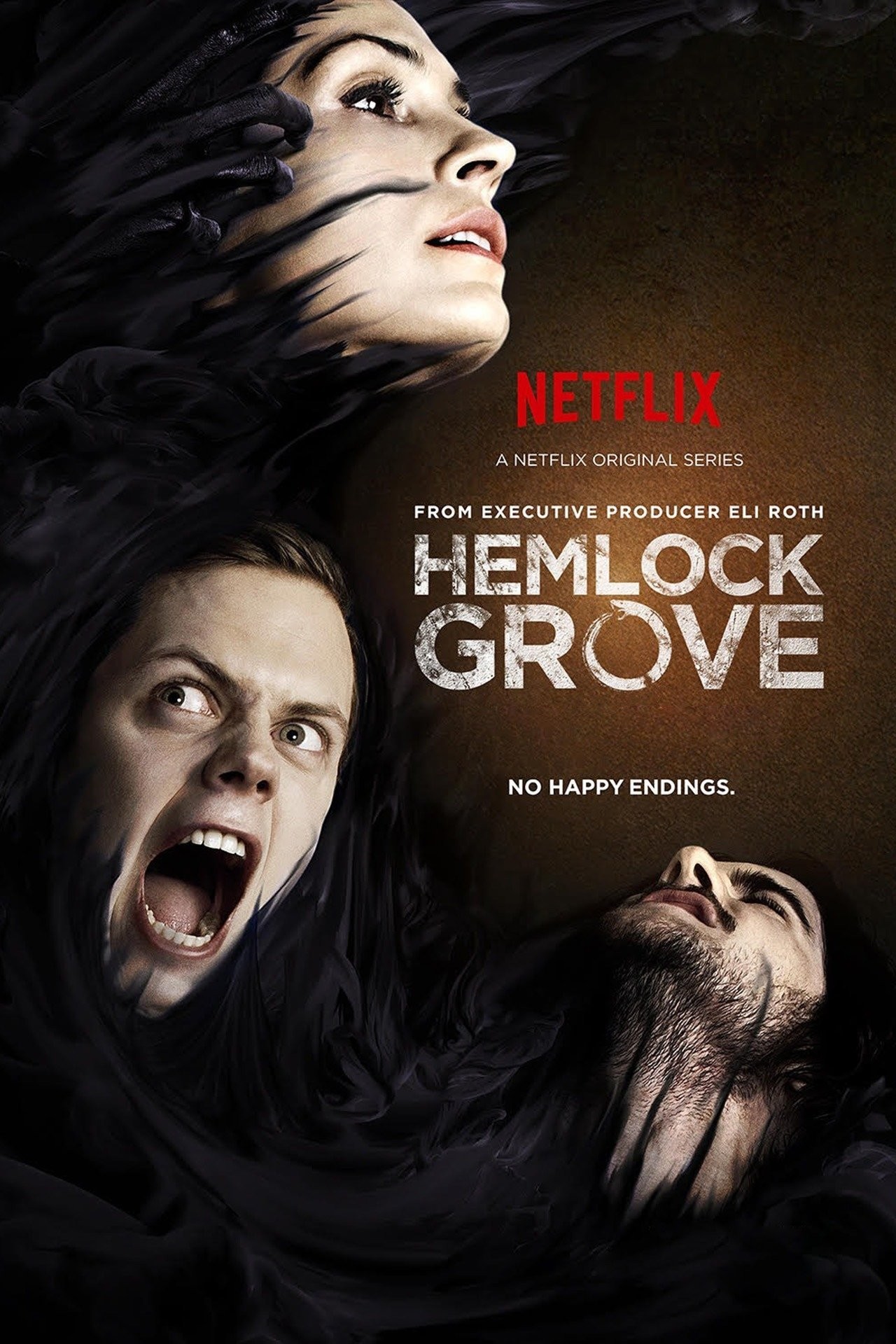
A show forgotten so quickly that it makes OITNB look like THE SOPRANOS
Netflix may have drawn first blood in the streaming wars, but they fell behind once the vampires at Amazon and Disney caught the scent of fresh profits. Turns out that ushering in this so-called “Golden Era of Television” doesn’t mean shit when legacy companies can steal your tech and pump it full of IP-flavored sludge. They’ve managed to stay alive by branching out into semi-functional live broadcasts, outrageously expensive Vegas restaurants, and a shambolic imitation of a beloved institution. Their latest project will attempt to blend a VR arcade with Disneyland minus Disney’s characters. The entertainment revolution will end not with a bang, but with an IS IT CAKE-themed minigolf course. So now everything sucks. Young filmmakers today must cloak new projects within the itchy cape of IP to reach a broad audience. The old masters who got grandfathered into creative freedom aren’t even allowed to die with dignity.
A less-discussed element of entertainment “enshittification” is the death of the subculture. The organic communities that grew around the edges of the mainstream have been reduced to four-word genre descriptors that hover above a row of similarly-hued viewing options curated by a computer. Micro-targeted, data-driven programming decisions combined with the strangling of third spaces has left us in a world where unique passions get pushed into the blob known as Content. Amazon illustrated my point perfectly with its WAR OF THE WORLDS adaptation starring, as I’m sure you’re aware, Ice Cube. Other writers and posters have already slammed every possible dunk about the film itself, so I’ll resist indulging that urge here. But something that got lost in the frenzied rush to dessicate this lolcow was the idea that perhaps this is what Amazon wanted. As film critic Jordan Hoffman—who seems to get off on defending the indefensible—pointed out in his attention-seeking contrarian review, WAR OF THE WORLDS is supposed to be bad.

Published one day after the WOTW piece. Someone has a humiliation fetish!
While thinking that this intent somehow redeems WAR OF THE WORLDS should warrant excommunication from the Church of Critique, it’s true that the film often feels self-aware. There’s a pervading sense that no one on or offscreen considers this a serious work; everyone involved knows that the aliens look stupid, that the jokes suck, and that ads have been crammed into every frame. My guess is that a suit at Amazon heard about THE ROOM, saw some number regarding its cost-to-profit ratio, and determined that a so-bad-it’s-good movie would be a wise investment. Yet, WAR OF THE WORLDS isn’t actually a so-bad-it’s-good classic a la THE ROOM. It’s Amazon’s attempt to make a movie like THE ROOM but with a $65 million dollar budget. The charm of the so-bad-it’s-good movies of yore is that, at their core, they are making sincere attempts at greatness in spite of their personal and financial limitations. Some scenes function as absurdist sketches that translate well to YouTube, but the real humor of these movies lies within their delusions of grandeur. Tommy Wiseau spent years of his life trying to think of a unique way to convey something profound about the human condition and he came up with “You’re tearing me apart, Lisa!” We laugh at these movies because we relate to that mania, that bone-deep certainty that your incoherent nonsense will permanently alter the psyches of those fortunate enough to hear it.
While I’ll admit to falling out of my chair when Ice Cube received a message from Chuck Schumer on Microsoft Teams, WAR OF THE WORLDS feels like Goliath impersonating David. As the tentacles of corporate America slither their way deeper into our lives, they will continue seizing our precious culture. They will sterilize our art, sanitize it, sand down its edges until it is a perfectly optimized unit of Content that their top entertainment scientists have determined will yield optimal dopamine levels and spawn a maximum number of secondary market opportunities. And when there’s nothing left to steal, when our marrow runs dry and our bones crumble to dust, they’ll wonder why people don’t make these things anymore. It’s cold comfort, but WAR OF THE WORLDS will never be THE ROOM—no midnight screenings, no award-winning movie about its creation, no smarmy assholes making fun of it years later—because it was made by people too rich to be insane.
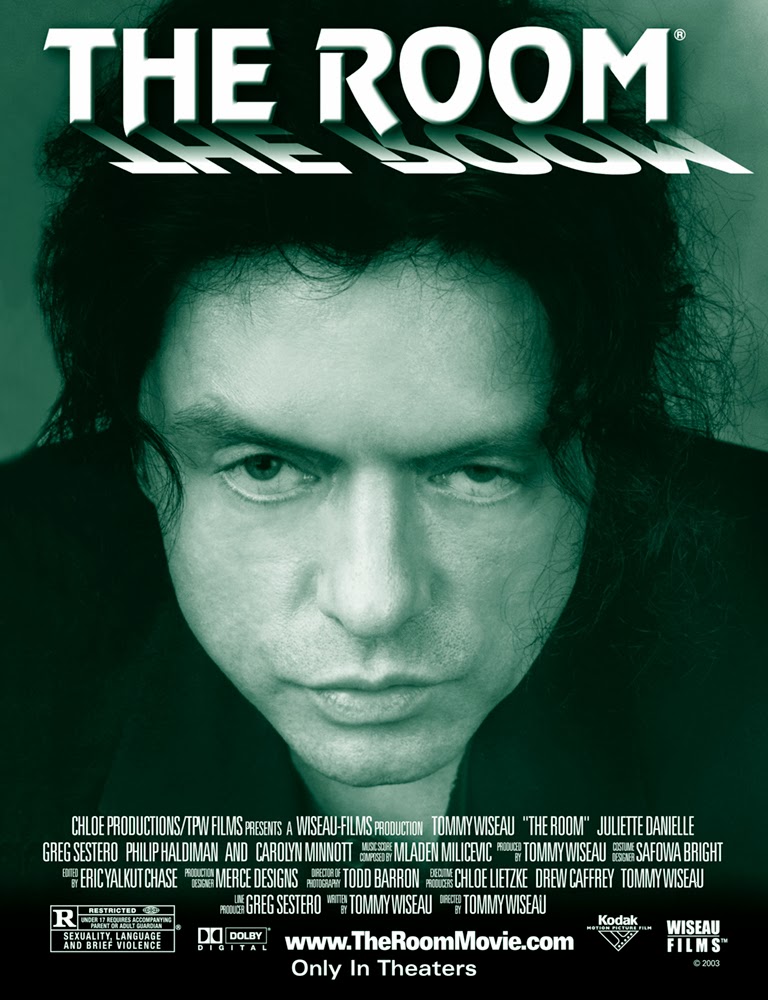
You will never be him, Jeffrey
That said, there’s a difference between insanity and stupidity, and money doesn’t prevent the latter. Jason Blum’s stupidity told him to bet big on M3GAN 2.0, a sequel to another so-bad-it’s-good film that defied expectations critically and financially. M3GAN’s overperformance apparently got the Blumhouse bigwigs salivating at the prospect of a profitable horror franchise, and they promptly told James Wan and co. to start working on a sequel.
After three years of work and two release date delays, M3GAN 2.0 arrived at theaters only to find out that her moment was over. While the original tripled its $10M budget opening weekend and went on to rack up almost $200 million, M3GAN 2.0 failed to meet debut projections and has squeaked out a measly $15 million in profits to date. When asked for an explanation, Blum delivered a quote that displays both Odyssian arrogance and Oedipal blindness, post-eye-gouging: “We all thought M3GAN was like Superman.” While WAR OF THE WORLDS can safely cower underneath obsequious streaming-era metrics of success (it’s spent weeks on Prime’s Top 10 Most Watched list, a self-given honor based on numbers known only to Amazon’s financial mentats), M3GAN 2.0 melted in the harsh sunlight of the box office. I don’t think this failure owes entirely to M3GAN 2.0’s poor quality; it’s never been harder to overcome the movie industry’s self-constructed barriers and even excellent movies can flop, but there’s a grim satisfaction in watching a shameless cash-grab fall prey to the machinery of death it helped create. When the Titanic sinks, the passengers and the crew drown together.
I initially thought this piece would be an examination of how a bad movie made by despicable companies can still engender positive emotions. WAR OF THE WORLDS made me laugh not because of anything the film did on purpose, but because out of all the ways for Jeffrey to demonstrate his dominion over mankind, he chose to do it with an Ice Cube Reaction .Gif Generator. It felt similar to when, as a college sophomore, a Boston motorist screamed slurs at me while I was walking to a Halloween party in costume. There’s nothing funny about being threatened by a dickhead wielding power, but the absurdity of how they demonstrate their power—whether it’s spending $65 million to get 2% Fresh on Rotten Tomatoes or yelling at a stranger for wearing a Batman onesie—makes me laugh anyway.
When my roommate mentioned that THE TOXIC AVENGER was getting rebooted, I realized that I could only enjoy WAR OF THE WORLDS (2025) because I haven’t read THE WAR OF THE WORLDS (1898). I can live with Jeffrey dabbing on us by shitting on the legacy of a century-old novel that I’m only familiar with through influence and references. Seeing similar brutality inflicted on a film close to my heart, however, filled me with intense pessimism. Everything I love was to be subsumed by the Blob, contorted into a shape I recognized just enough to give it a chance. Just enough to remind me of what we’ve lost. When I walked into the theater on opening night, I braced myself for another excruciating desecration.
Reader, it is my sincere pleasure to tell you that I was wrong. The image of a pharmaceutical billboard towering above a barren landscape gingerly reached into my psyche and blew the dust off a shoebox labelled “hope”. Director Macon Blair, with blessings from Troma founders Lloyd Kaufman and Michael Herz, transforms a poignant romp into a satirical scream that sends spittle flying into the eyes of the bastards paid to kill the world. With a caustic effervescence reminiscent of golden era SIMPSONS and a janitor’s closet full of gorgeously grotesque props, THE TOXIC AVENGER emerges from our radioactive cultural morass as the unlikely hero once again.
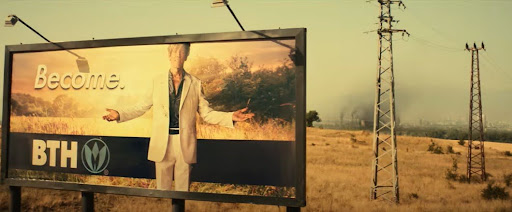
Fuckin’ Cin-Ay-MAH!
A reboot severely underserved by that term, THE TOXIC AVENGER crucifies modern-day monsters with hysterical fervor. The original’s themes of ecological destruction and elitist cruelty slide seamlessly into a story about working-class single dad Winston Gooze (Peter Dinklage), a janitor at a pharmaceutical plant who finds out that his shitty job gave him a shitty fatal disease. Not wanting to leave his precocious stepson Wade (Jacob Tremblay) an orphan, he begs his perfectly evil boss (Kevin Bacon) for help. Boss says no, Winston gets desperate, a robbery goes south, and the Toxic Avenger is born. Dinklage delivers a palpably pathetic Winston, desperation radiating from his voice as he hisses “Speak to an agent!” at his insurance company’s phone robot. His frustrating impotence runs up against his awkward but wholehearted love for his stepson. Tremblay’s Wade gracefully moonwalks along the line between adolescent moodiness and saccharine sincerity, eventually forgiving his dad for thinking that his “property movement piece” is a dance routine. Winston and Wade’s relationship drives the plot from the back seat, aided by a script blissfully devoid of “kids these days” hackery. Taylour Paige performs deuteragonist duty as J.J. Doherty, a journalist looking to expose the ecocidal malice that took her mother’s life. She’s the closest thing the film has to a straight man, but her unconventionally successful honeypotting of two hapless guards got the biggest pop of the night. The audience consisted of just my roommate and I, but we laughed loud enough to match a full theater*.
In 1984, Herz and Kaufman throw Toxie dozens of parasitic mafioso and belligerent chauvinists to grind into sausage, with a corrupt mayor standing atop the shitpile. 2025’s slate of villains reminds us that evil never changes, except for its clothes. Mayor Pat Ryan, Jr. reincarnates as abominable health insurance CEO Bob Garbinger, who bombards his underlings with infantile hostility and smug condescension before careening into prepubescent tantrums. Bacon blends in the usual billionaire suspects, but his fascination with chemical enhancements specifically channels Bryan Johnson, a freak from Twitter who measures his son’s boners. Bob’s lickspittle brother Fritz (Elijah Wood) can be found babysitting Bob’s foot soldiers when he’s not busy absorbing Bob’s insults or quivering from the weight of self-loathing. Fritz’s look borrows heavily from ROCKY HORROR’s Riff-Raff, perhaps an homage to a fellow B-horror legend.
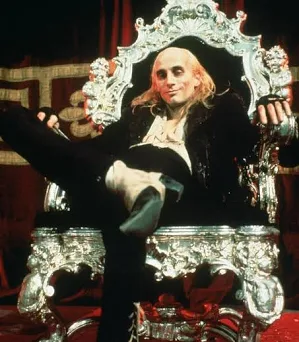
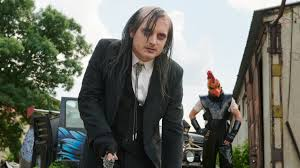
You can only pull off that haircut if you flirt with your sister
A lesser film would reduce their tribes of henchmen to mere meat pinatas, perhaps snarling at an innocent before the mop of justice bursts them open. Blair opts instead to inject each goon collective with a different strain of modern social disease. Bob’s personal enforcers, an ICP-inspired nu-metal band called the Killer Nutz, steal every scene with psychopathic slapstick bolstered by a not-so-loving tribute to the dumbest music ever put to record. Speaking of pseudo-gangs, St. Roma’s Village apparently only hires cops who fearfully discharge their service weapons with little-to-no provocation. It’s a ludicrously absurd depiction that obviously bears no resemblance whatsoever to our nation’s proud peacekeepers. Fortunately, the only target the pigs manage to hit is one of the Nasty Lads, redpill-themed anarchists who take hostages at a burger shack that recently changed its name from Mister Meat to Miss Meat. Seems Blair snuck a glance at the crystal ball they keep in THE SIMPSONS writers room.
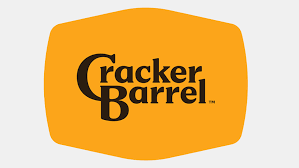
Jokes are all well and good, but what would a splatter film be without the splatter? THE TOXIC AVENGER crushes expectations here as well, with gore dispensed in concentrated bursts that maximize catharsis and minimize nausea. Aside from a sanguine aperitif in the prologue, Blair bravely refuses to pop a squib until around the 30-minute mark, when Toxie evicts a landlord’s arm from his torso. Once reunited with his trademark mop, Toxie starts turning goon flesh into gooey red pudding in grandiose brawls that celebrate a triumphant return to the silicone tradition. The mop-based martial arts may rack up the most bodies, but the guns rack up the most guffaws. That several gut-busting moments arise out of a premise as simple as poor trigger discipline tells you just how fucking funny this movie is.
THE TOXIC AVENGER projects delusional optimism similar to THE ROOM with far greater self-awareness than WAR OF THE WORLDS. To Blair, Kaufman, and Herz, “so-bad-it’s-good” means taking techniques and materials broadly considered bad and showing us that even these humble tools can build something earnestly good. Rather than rolling over for Daddy like WAR OF THE WORLDS, Blair insists on his vision and refuses to join the Blob fully aware that this restricts his available materials. But while Wiseau smashes himself to bits against his limitations, Blair deftly bends the limitations to fit his vision. Between Wiseau’s hubris and Amazon’s nihilism lies THE TOXIC AVENGER’s brilliant nirvana; a movie that charges headlong into the duel not hoping to slay the darkness, but to persist within it.
So, does this mean that the movies are back? Will THE TOXIC AVENGER usher in a new golden age for cinema, art, the world? Articles like this usually have a definitive take, and I used to think it was my job to have one. But in my time away from writing, I’ve learned that criticism works best for description, not prediction. So all I can tell you about the future of culture is this: I left the theater that night happy. The road ahead for our favorite things looks long and dark, but we’re blessed to walk this road at all. So whether we get more TOXIC AVENGER or we get an adaptation of BRAVE NEW WORLD directed by an A.I. David Lynch that streams exclusively on the DraftKings app, I’m glad that I’ll be here to write about it.
*There were two other people there who walked out after 20 minutes, which I’m going to blame on TikTok rather than my obnoxious cackling. Kids these days!





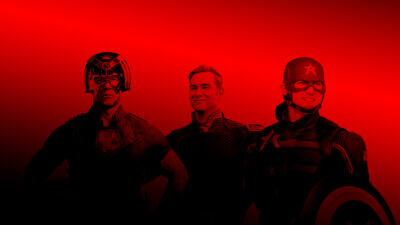





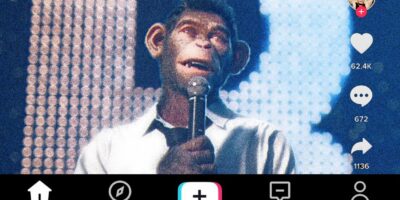


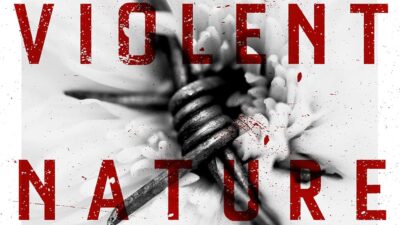
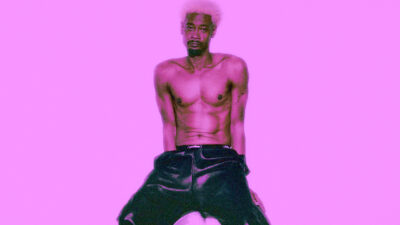
Comments